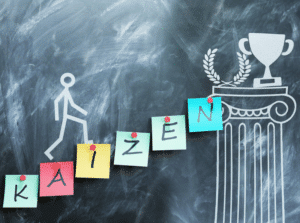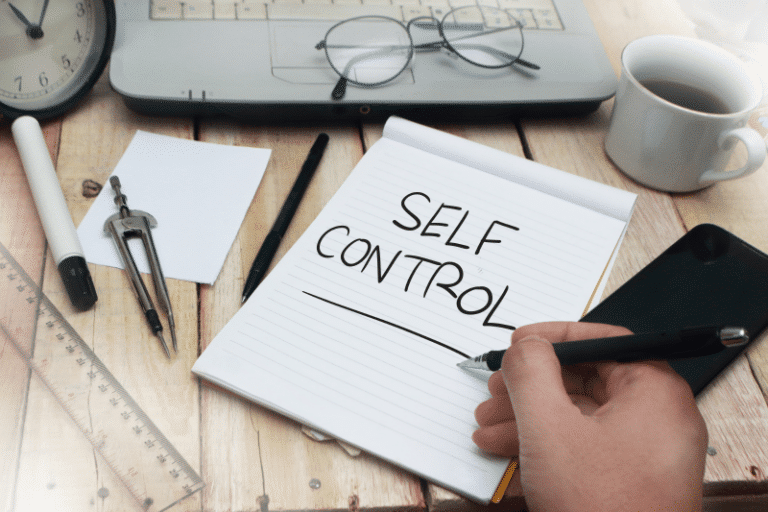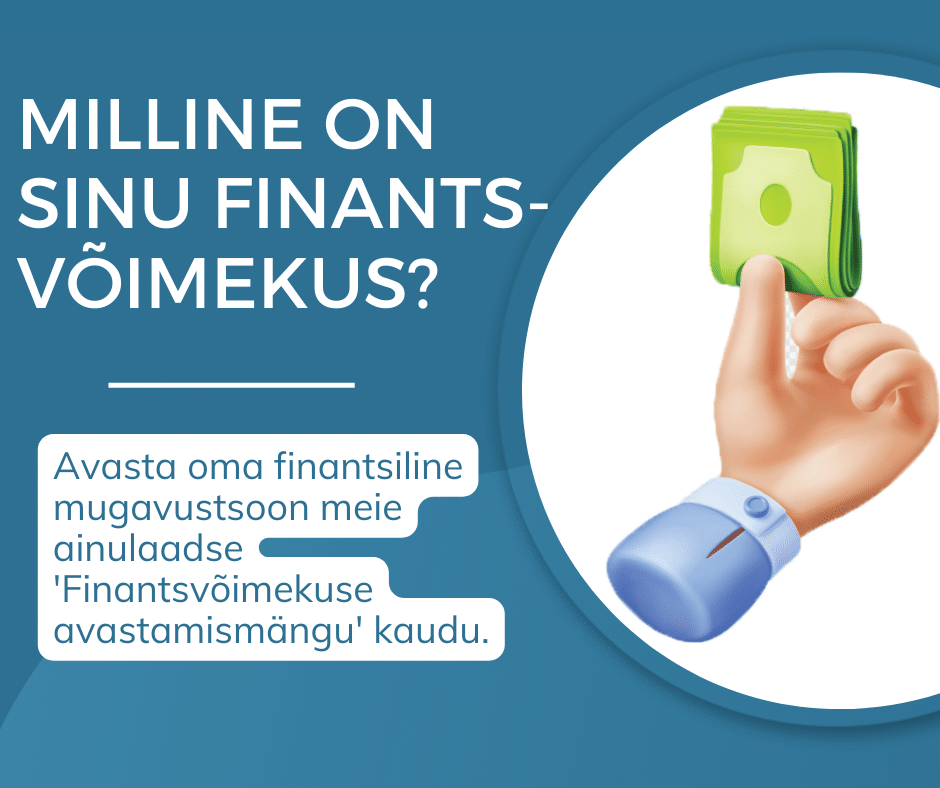Kaizen is an effective approach that can be applied to optimise marketing and sales processes.
Are you looking for effective ways to improve your company’s marketing strategies and achieve greater market success? In this blog post, we will share with you practical tips on how to apply the Kaizen principles to your marketing activities. Kaizen, which stands for continuous improvement, can be the key to taking your marketing strategies to the next level and achieving maximum impact with your target audience.
What is Kaizen?
Kaizen is a Japanese word meaning “continuous improvement”. It is a philosophy that focuses on continuous, incremental improvements in work processes, with the aim of increasing efficiency and quality. Kaizen’s principles are widely applied in both manufacturing and service, helping organisations achieve greater customer satisfaction and operational efficiency.
Kaizen Principles:
-
Customer focus: all improvements are aimed at improving customer satisfaction.
-
Continuity: continuous improvement is a process, not a one-off event.
-
Inclusion: All staff are involved in making improvements.
-
Standardisation: creating standard processes and continuously improving them.
-
Efficiency: making optimal use of resources and reducing “waste”.

Kaizen in marketing strategy: 10 steps for continuous improvement + examples
#1 Start with small changes
Start your Kaizen marketing implementation with small changes, such as adjusting the tone of messages or testing new marketing channels. Small changes can lead to big results over time.
- Example: if your email marketing campaigns have a low open rate, try changing email headlines by testing different wording or personalisation tactics to see which approach works best.
#2 Use data to support decisions
Data is the golden key to designing effective marketing strategies. Use customer behaviour analysis and market research to make informed decisions about your marketing activities.
- Example: analyse the behaviour of visitors to your website using Google Analytics to identify which pages attract the most attention and where visitors leave the most. Use this information to optimise pages with lower performance.
#3 Constantly test and optimise
Don’t be afraid to experiment with different approaches and monitor their results carefully. Continuously optimise your marketing campaigns based on the data and feedback you receive.
- Example: run A/B testing for Facebook or Google ad campaigns where you test two different ad visuals, content, headlines, etc. Analyse which version gets more clicks and conversions, and optimise future ads according to the test results.
#4 Involve the whole team
Involve your entire marketing team in generating and implementing ideas for improvements. Constant collaboration and exchange of ideas can lead to innovative and effective solutions.
- Example: organise weekly brainstorming sessions where team members can come up with ideas to improve your marketing campaign. This ensures inclusiveness and creates space for new, innovative solutions.
#5 Focus on the customer experience
Put an emphasis on improving the customer experience when designing your marketing activities. Listen to your customers’ feedback and adapt your strategies accordingly to provide them with a pleasant and enjoyable experience.
- Example: after the customer service interaction, send feedback questionnaires to the customers or ask them if they were satisfied with the service to understand their level of satisfaction and to get suggestions to improve the service. Use this input to make small, consistent improvements.
#6 Follow a cyclical improvement process
Apply the Kaizen cycle (Plan-Do-Check-Act) to manage your marketing strategies. This cycle allows you to continuously assess your activities and make the necessary adjustments according to the feedback you receive.
- Example: plan a campaign (Plan), implement it (Do), monitor the results and collect data (Check), and make the necessary changes (Act). For example, if you notice that a certain target group is less responsive than expected, adjust the target group parameters.
#7 Learn from mistakes
Learning from mistakes is an important part of continuous improvement. Don’t be afraid to make mistakes, but learn from them and use this knowledge in your next marketing campaigns.
- Example: if you notice that a new product launch campaign is not generating the expected sales, analyse the campaign elements, gather feedback from the team and identify what could have gone wrong. Use this information to improve subsequent campaigns.
#8 Supporting continuous training and development
Invest in the training and development of yourself and your team to ensure their continuous growth and learning. Strong and well-trained teams are able to apply the Kaizen principles more effectively in their work.
- Example: provide regular training for your marketing team on digital marketing, data analytics and customer behaviour trends. It helps them keep up with market changes and put new knowledge into practice.
#9 Maintain open channels of communication
Ensure open communication between your team members and encourage active sharing of ideas and feedback. Open communication helps to foster better cooperation and innovation.
- Example: create a team forum or a regular “ideas day” where everyone can freely share their ideas and suggestions. It encourages open communication and brings out new ideas for improvement.
#10 Follow persistence
Last, but not least, it is a constant commitment to improving its marketing strategies. Constant and consistent effort is the key to long-term success in marketing.
- Example: set up a quarterly review of all marketing activities, assessing the results achieved so far and adapting strategies to new lessons and market changes.
Personal Challenge: "Kaizen Marketing 5-Day Sprint"
Overview: we invite you to participate in the “Kaizen Marketing 5-Day Sprints”, where you will apply the principles of continuous improvement to quickly and efficiently improve your marketing strategies. This is a great opportunity to try out the Kaizen method in practice, optimising your work processes and increasing the efficiency of your marketing activities.
What to do?
1. Select the focus area:
- Task: Choose one marketing area you want to develop. This could be social media, email marketing, customer service or any other area where you see room for improvement.
- Example: let’s say you choose social media. Your aim could be to increase user engagement with posts.
2. Planning:
- Task: Analyse your current social media strategy. Write down what you are currently doing and what your main objectives are.
- Example: your current strategy might involve publishing one post a day. The aim is to increase the number of likes and comments.
3. Implementation and monitoring:
- Task: Make one strategic change each day that will help improve results in your chosen focus area. This could be a new visual, a different posting time or experimenting with new types of content.
- Example: if your goal is to increase engagement, try publishing interactive posts such as polls or games that require active participation from users.
4. Reflection and adaptation:
- Task: Analyse the daily results and adapt your strategy accordingly. Think about what worked well and what could be improved.
- Example: if you notice that polls bring more engagement than games, adjust your strategy to use more polls.
5. Summary and next steps:
- Task: On the last day, take stock of all the activities carried out, the results achieved and the lessons learned. Plan how to integrate successful practices into your permanent marketing strategy.
- Example: summarise which post types worked best and how you can use them more effectively in the future. Plan next month’s content strategy according to the lessons learned.
This challenge will not only help you to better understand the impact of your marketing activities, but will also provide you with hands-on experience of applying Kaizen’s principles in a real business environment. Start this exciting journey today and see how your efforts pay off!

See also our basic services:
- Google advertising
- Facebook advertising
- Seo service, search engine optimisation
- Social media marketing
- Seo service
- Seo audit
- Technical SEO
- Local SEO
- E-commerce SEO
- On-page SEO (On-Page SEO)
- Off-page SEO (Off-Page SEO)
- Creating backlinks
- Page speed optimisation
- Seo keyword analysis
- Content creation and SEO optimisation
- Competitor analysis
- SEO consultations



